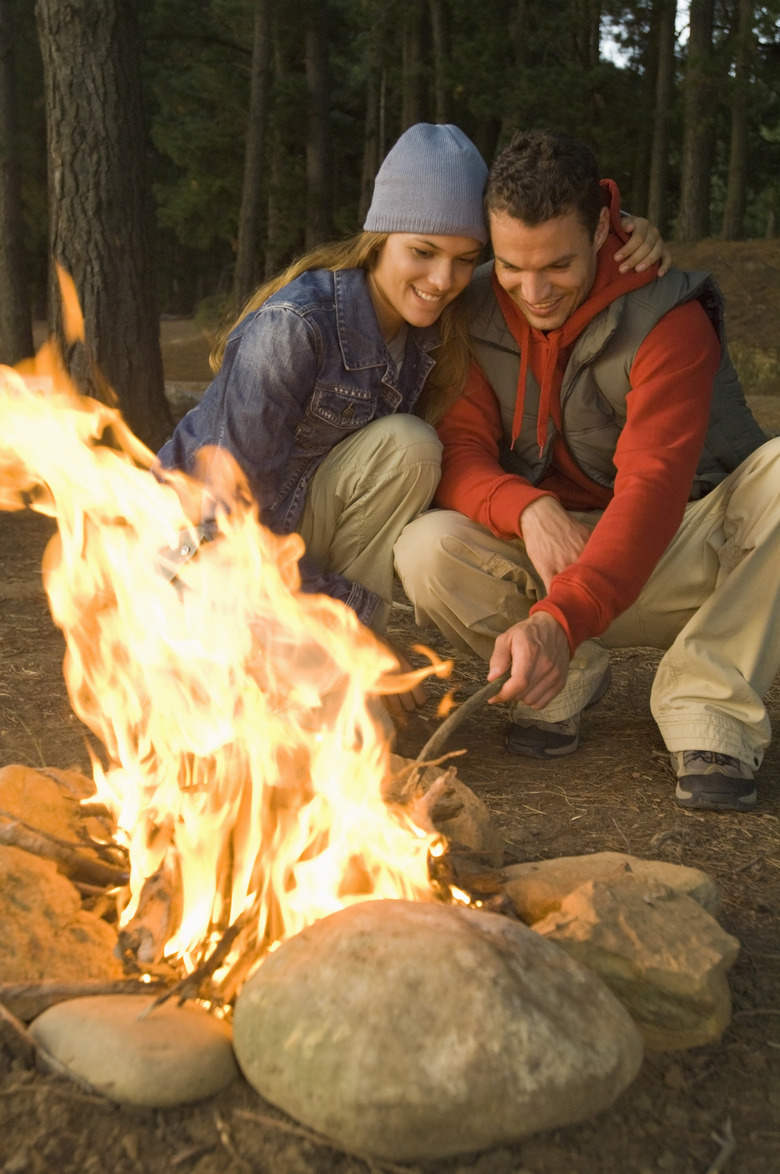How Does One Determine Whether A Reaction Is Endothermic Or Exothermic In A Calorimetric Experiment?
A calorimeter is a device that carefully measures the temperature of an isolated system both before and after a reaction takes place. The change in temperature tells us whether thermal energy was absorbed or released, and how much. This gives us important information about the products, reactants and the nature of the reaction.
Endothermic and Exothermic Reactions
Endothermic and Exothermic Reactions
An endothermic process absorbs heat from the surroundings, while an exothermic process releases heat into the surroundings. Adding heat helps sugar and salt dissolve in water. That reaction is endothermic: Reactants + Energy → Products. The chemical reactions in a candle flame give off heat. These are exothermic: Reactants → Product + Energy.
Calorimetry Experiments
Calorimetry Experiments
Calorimetry experiments measure the amount of thermal energy gained or lost during a reaction by measuring the temperature before and after. Based on the temperature change, the masses of the substances and equipment, and another property called the heat capacity (which may be different for each component), one calculates the change in thermal energy that occurred during the reaction. If the change is positive, then thermal energy was released, and the process is exothermic. If the change is negative, then thermal energy was absorbed, and the process is endothermic.
Types of Calorimeters
Types of Calorimeters
A calorimeter is a closed, insulated container in which the chemical reaction proceeds in an isolated environment. The calorimeter also includes a way to measure the temperature before and after the reaction. There are two main types of calorimeters: constant pressure calorimeters and constant volume calorimeters. A Styrofoam cup with a lid and a thermometer makes a basic constant pressure calorimeter useful for home experiments. The reaction is always at atmospheric pressure. A constant volume bomb calorimeter is more complicated. The reaction takes place in a thick-walled, sealed container that is immersed in an insulated water bath.
Examples: Exothermic
Examples: Exothermic
The calories in foods can be determined by burning them in a bomb calorimeter. The food sample to be measured is placed in the inner chamber, which is filled with oxygen and has a heating element that will ignite the sample. Because we use foods to get energy, the process of burning them must release energy — they are exothermic. Consequently, the temperature will be higher afterwards than beforehand. Another example of an exothermic reaction is what takes place in an instant hot pack.
Examples: Endothermic
Examples: Endothermic
Many people have performed the experiment where you mix baking soda and vinegar together and get an exciting reaction. This reaction is endothermic. It would not be hard to test this in a simple home calorimeter. The opposite of instant hot packs are instant cold packs, which are often found in first-aid kits and use endothermic reactions.
Physical vs. Chemical Processes
Physical vs. Chemical Processes
The word "reaction" in this article should really be thought of more generally. Phase changes, such as water freezing or boiling, are physical processes, not chemical reactions. The heat needed to be added or removed to make these phase changes happen give us an important physical constant called the heat of transformation. One can use a calorimeter to measure this.
Cite This Article
MLA
Ph.D., Ariel Balter,. "How Does One Determine Whether A Reaction Is Endothermic Or Exothermic In A Calorimetric Experiment?" sciencing.com, https://www.sciencing.com/one-determine-whether-reaction-endothermic-exothermic-calorimetric-experiment-23092/. 24 April 2017.
APA
Ph.D., Ariel Balter,. (2017, April 24). How Does One Determine Whether A Reaction Is Endothermic Or Exothermic In A Calorimetric Experiment?. sciencing.com. Retrieved from https://www.sciencing.com/one-determine-whether-reaction-endothermic-exothermic-calorimetric-experiment-23092/
Chicago
Ph.D., Ariel Balter,. How Does One Determine Whether A Reaction Is Endothermic Or Exothermic In A Calorimetric Experiment? last modified August 30, 2022. https://www.sciencing.com/one-determine-whether-reaction-endothermic-exothermic-calorimetric-experiment-23092/




